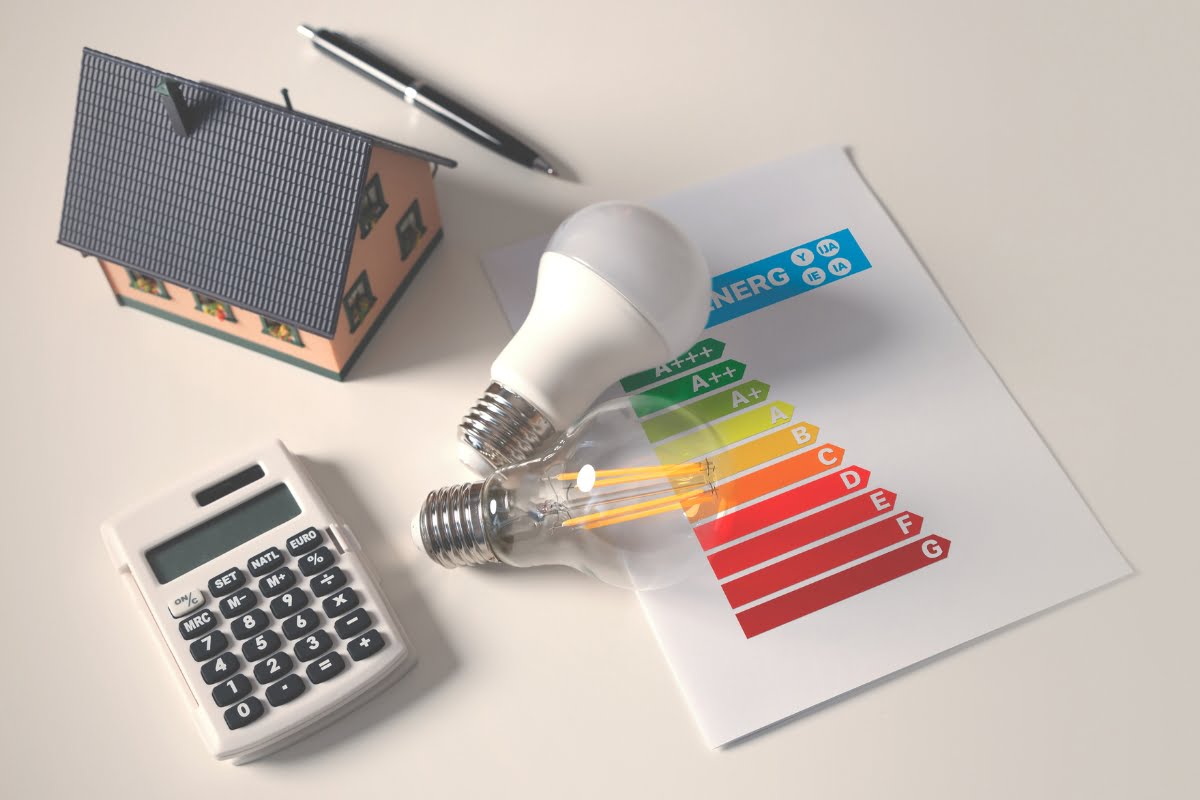Enhancing home energy efficiency is a smart and sustainable way to reduce utility bills and minimize your environmental footprint. Two of the most energy-intensive areas in any home are the kitchen and bathroom, making them prime targets for efficiency upgrades.
In this guide, we’ll explore practical and effective strategies to transform your kitchen and bathroom into energy-efficient spaces. From installing energy-saving appliances and fixtures to adopting simple habits that reduce water and electricity consumption, these tips will help you achieve significant savings while enhancing the comfort and functionality of your home.
Whether you’re planning a renovation or looking for easy improvements, get ready to discover how you can make your kitchen and bathroom more energy-efficient and enjoy the benefits of a greener, cost-effective lifestyle.
Unlock the Secrets of Home Energy Efficiency: How Can You Save Big on Bills?
Evaluating Current Energy Usage in Your Kitchen and Bathroom
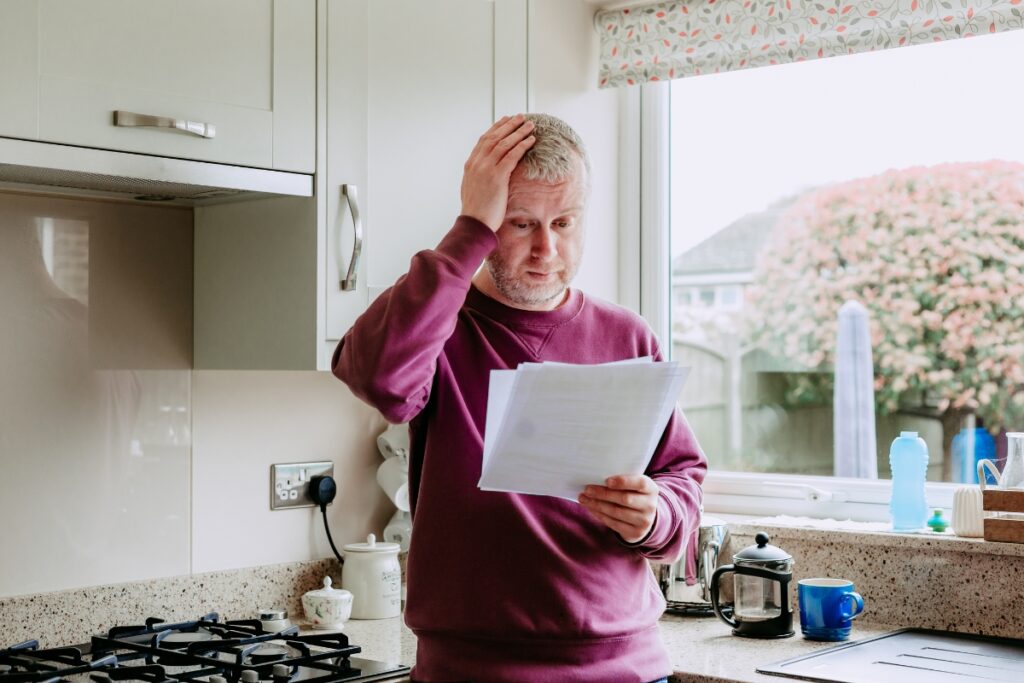
When it comes to improving home energy efficiency, the first step is to evaluate your current energy usage in the kitchen and bathroom. By understanding where you are currently wasting energy, you can make targeted changes that will have a significant impact on your utility bills.
In the kitchen, start by assessing your appliances. Older appliances tend to be less energy-efficient, so consider upgrading to newer models that have earned an Energy Star Certification. These appliances are designed to use less energy without sacrificing performance. Additionally, take note of how often you use certain appliances and whether there are any opportunities to reduce their usage.
Consider assessing your lighting situation as well. Conventional incandescent lights are both energy-intensive and generate surplus heat. Swapping them out for LED bulbs can result in energy savings of up to 75% and a lifespan up to 25 times longer. Moreover, LED bulbs offer a range of color temperatures, enabling you to tailor the ambiance of your kitchen to your liking while reducing electricity consumption.
Moving on to the bathroom, one of the biggest culprits of wasted water and energy is outdated fixtures. Consider replacing your old showerhead and faucets with low-flow alternatives. These fixtures restrict water flow without compromising performance, resulting in significant water and energy savings over time.
Importance of Proper Insulation and Sealing in the Kitchen
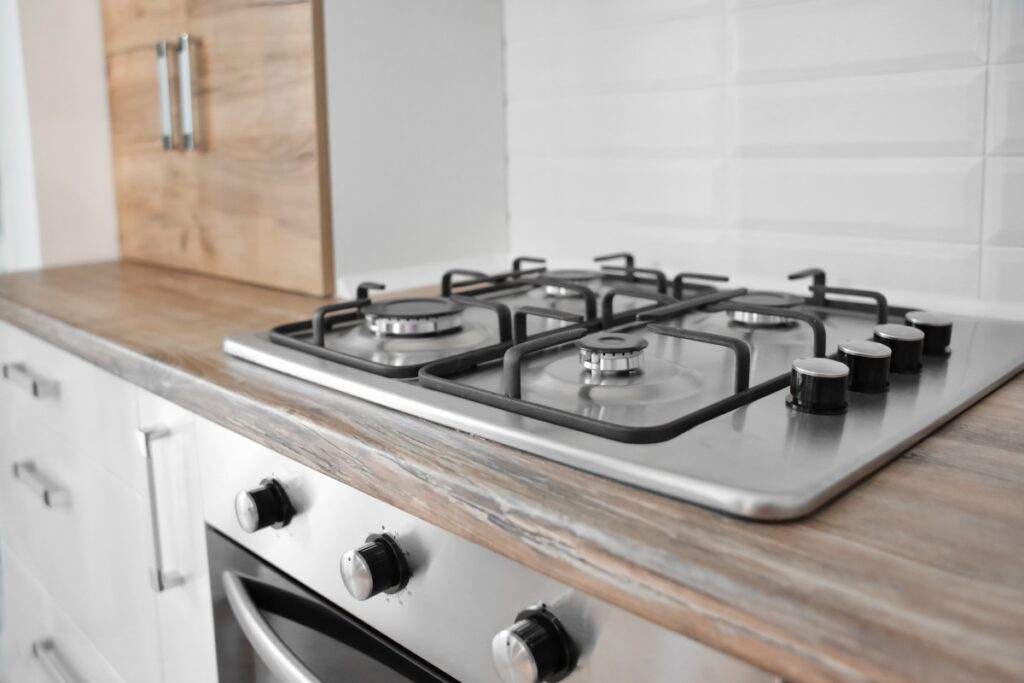
Proper insulation and sealing play a crucial role in improving home energy efficiency, especially in the kitchen where temperature control is essential for food storage and preparation.
Start by inspecting your kitchen for any air leaks or drafts. Common areas for leaks include windows, doors, electrical outlets, and ventilation ducts. Seal these gaps using weatherstripping or caulk to prevent conditioned air from escaping and outside air from entering.
Next, assess the insulation in your kitchen walls and ceiling. Proper insulation helps maintain a consistent temperature inside your home by reducing heat transfer through walls and ceilings. If your kitchen lacks insulation or has inadequate insulation, consider adding insulation to improve energy efficiency.
Upgrading to Energy-Efficient Appliances in the Kitchen
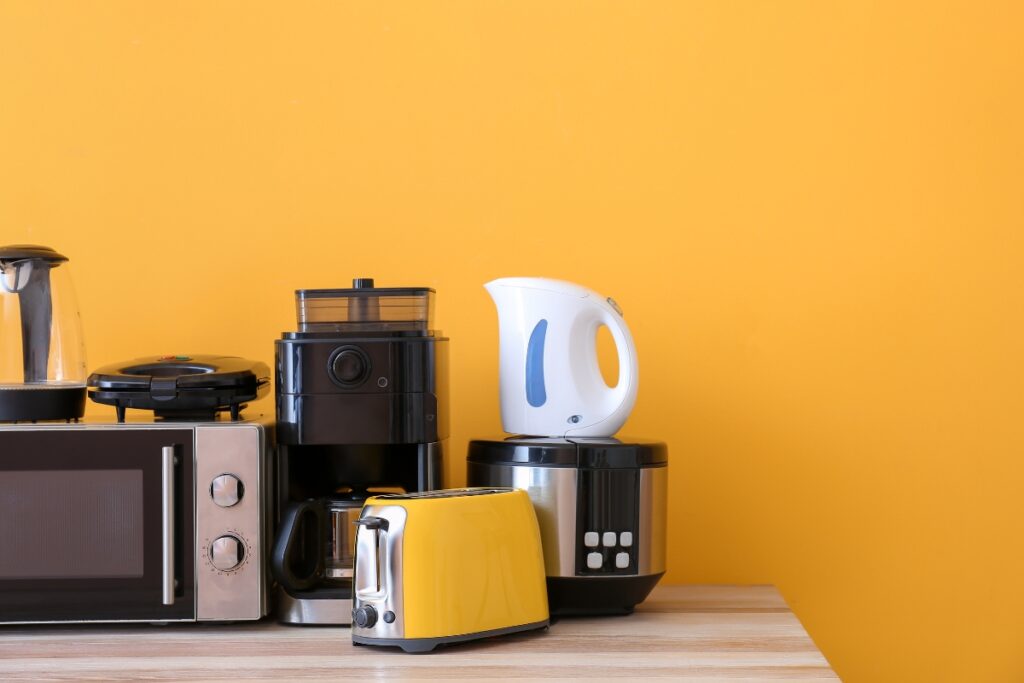
One of the most effective ways to improve energy efficiency in your kitchen is by upgrading to energy-efficient appliances. These appliances are designed to use less energy while still providing the same level of performance.
Consider seeking out appliances with the Energy Star certification when you’re in the market for new home gadgets. This label signifies that the device adheres to rigorous energy efficiency standards outlined by the Environmental Protection Agency (EPA). Opting for Energy Star-rated appliances can substantially lower your energy usage and cut down on your monthly utility costs.
Consider replacing your refrigerator, dishwasher, and stove with Energy Star models. Refrigerators with top-mounted freezers are generally more efficient than side-by-side models. Look for dishwashers with features like soil sensors and half-load options that optimize water and energy usage.
Induction cooktops are also a great choice as they heat up faster and waste less heat compared to traditional electric or gas stoves.
Harnessing Natural Light and Ventilation in Your Kitchen
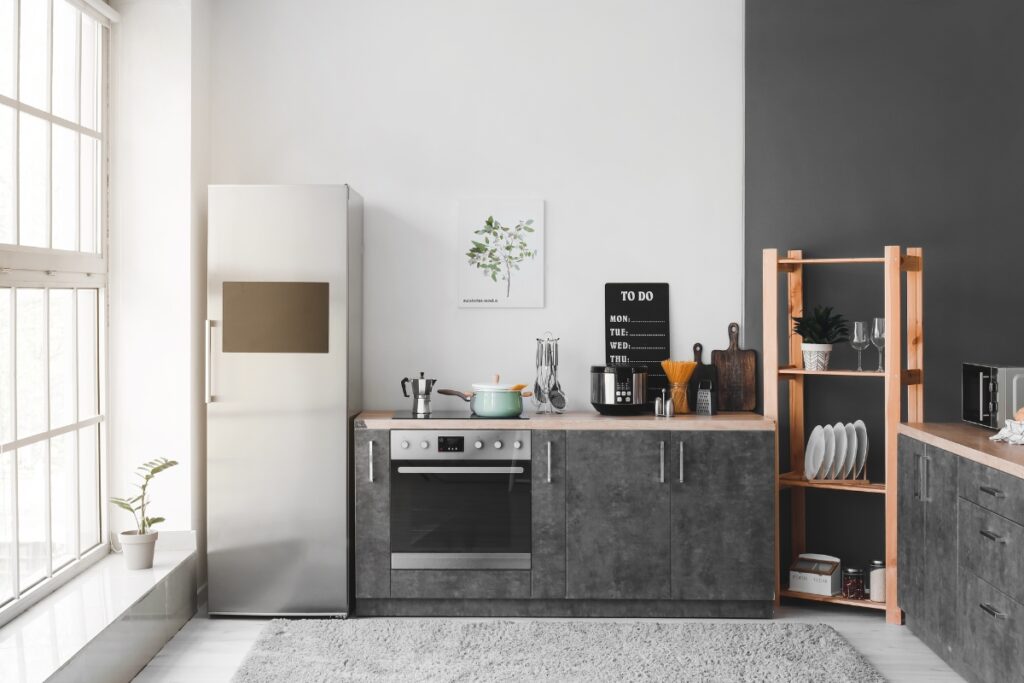
When it comes to enhancing home energy efficiency, one key area to focus on is harnessing natural light and ventilation in your kitchen. By optimizing these elements, you can not only create a more comfortable and inviting space but also reduce the need for artificial lighting and mechanical ventilation, ultimately leading to energy savings.
Natural light is a valuable resource that can brighten up your kitchen while reducing your reliance on electricity. Consider maximizing the use of windows, skylights, and light tubes to bring in more natural light during the day. This not only helps in cutting down on energy consumption but also creates a visually appealing environment.
Similarly, proper ventilation is essential for maintaining a healthy indoor environment and improving energy efficiency. Installing exhaust fans or range hoods can help remove cooking odors, moisture, and indoor pollutants, keeping the air fresh and clean. Opting for energy-efficient ventilation systems can further enhance your kitchen’s energy performance.
Incorporating design elements that facilitate the flow of natural light and air can significantly impact your kitchen’s energy efficiency. Choose light-colored surfaces and materials that reflect light to brighten the space naturally. Additionally, strategic placement of windows and ventilation openings can promote cross ventilation, reducing the need for mechanical cooling and heating.
By focusing on harnessing natural light and ventilation in your kitchen, you can not only create a more sustainable living environment but also contribute to long-term energy savings. Making simple yet impactful changes to optimize these elements can transform your kitchen into a more energy-efficient and eco-friendly space.
Introducing Low-Flow Fixtures in Your Bathroom
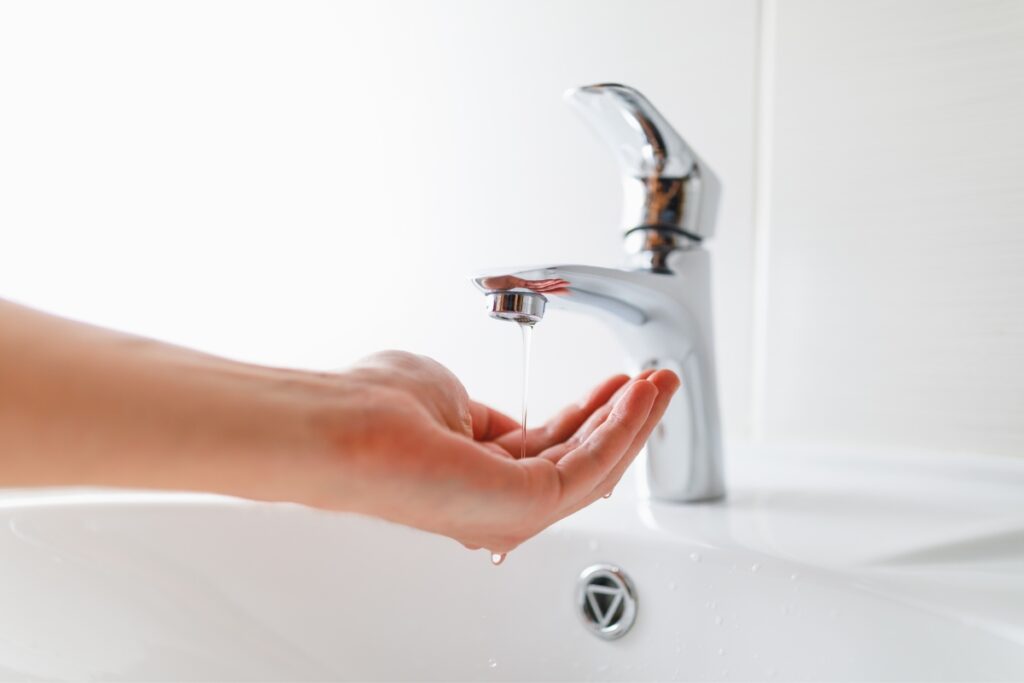
When it comes to improving your home energy efficiency, one key area to focus on is the introduction of low-flow fixtures in your bathroom. These fixtures are designed to reduce water consumption without compromising on performance, making them an excellent choice for eco-conscious homeowners looking to save on utility bills.
By incorporating low-flow fixtures such as faucets, showerheads, and toilets in your bathroom, you can significantly decrease water wastage. These fixtures are designed to restrict water flow, ensuring that you use only the necessary amount of water for your daily needs. This not only helps in conserving water but also contributes to reducing your overall water bills.
Switching to low-flow fixtures is a simple yet effective way to make your home more environmentally friendly. With advancements in technology, these fixtures are now available in various styles and designs, allowing you to choose options that not only save water but also enhance the aesthetic appeal of your bathroom.
When it comes to faucets, low-flow aerators can be easily installed to control the flow of water without affecting water pressure. Similarly, low-flow showerheads are designed to provide a satisfying shower experience while using less water per minute. Upgrading to a low-flow toilet can also make a significant difference in water conservation, as these toilets use less water per flush compared to traditional models.
Incorporating low-flow fixtures in your bathroom is a practical and cost-effective way to improve your home’s energy efficiency. Not only does it help in reducing your environmental footprint, but it also leads to long-term savings on your utility bills. Making small changes like these can have a big impact on both the environment and your wallet, making it a win-win solution for all.
The Impact of Water Heating on Energy Consumption
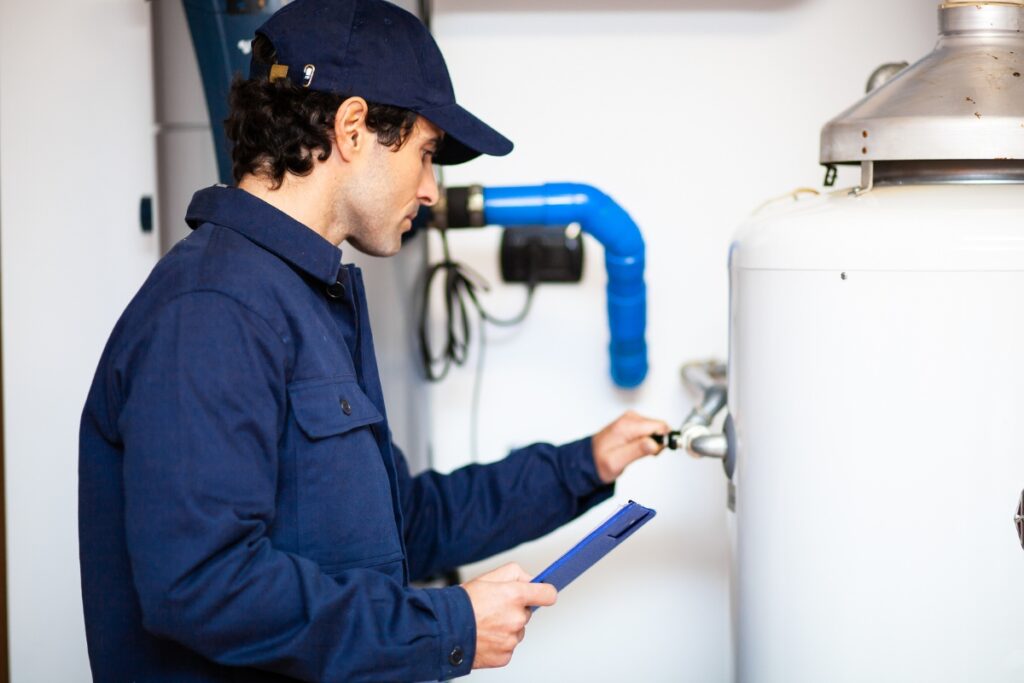
When it comes to home energy efficiency, one significant aspect to consider is the impact of water heating on energy consumption. Heating water for various domestic uses, especially in the kitchen and bathroom, can significantly contribute to a household’s overall energy usage. By understanding how water heating affects energy consumption, homeowners can make informed decisions to improve the efficiency of their homes.
Optimizing water heating systems can lead to substantial energy savings. The kitchen and bathroom are key areas where hot water is frequently used, making them prime locations to focus on when aiming to reduce energy consumption.
Upgrading to energy-efficient water heaters such as tankless water heaters or heat pump water heaters can be a game-changer in enhancing home energy efficiency. These modern alternatives not only provide hot water on demand but also consume less energy compared to traditional water heaters. By investing in these technologies, homeowners can effectively lower their energy bills while reducing their carbon footprint.
Moreover, simple behavioral changes such as using cold water for laundry, taking shorter showers, and fixing any leaks in faucets or pipes can also contribute to energy savings. Insulating water pipes and installing low-flow fixtures are additional measures that can help conserve energy and water in the long run.
By focusing on the impact of water heating on energy consumption, homeowners can proactively work towards creating a more sustainable and cost-effective living environment. Making informed decisions regarding water heating systems and incorporating energy-efficient practices in daily routines are crucial steps toward achieving home energy efficiency and reducing overall energy consumption.
Smart Lighting Choices for Energy Efficiency
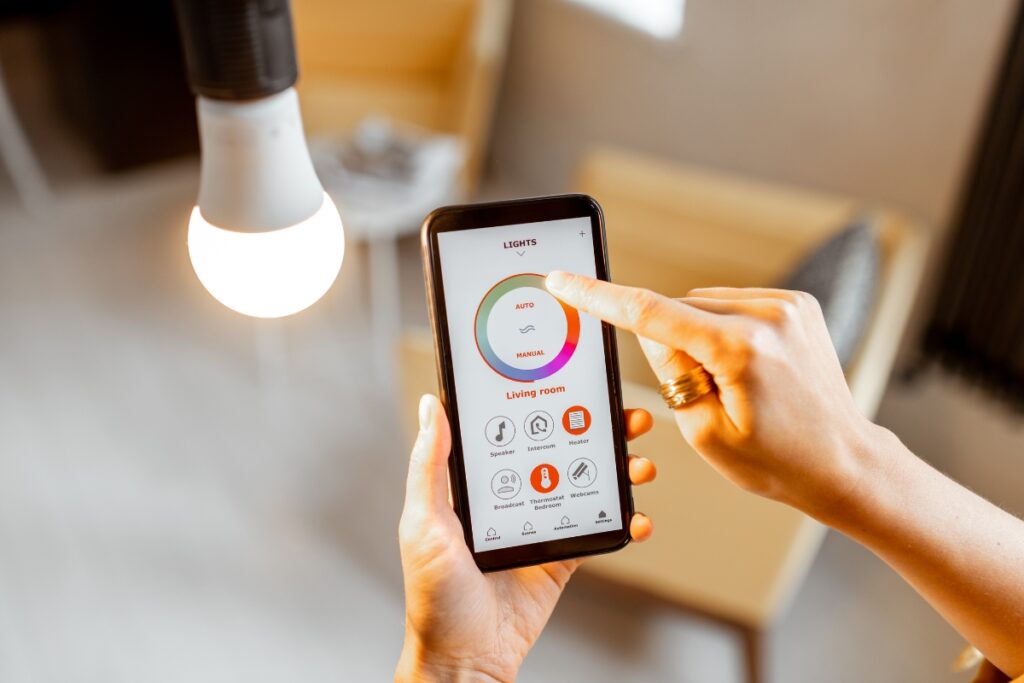
When it comes to enhancing home energy efficiency, making smart lighting choices can significantly impact your overall energy savings. By transforming the lighting in key areas such as the kitchen and bathroom, you can not only create a more environmentally friendly space but also reduce your electricity bills. Let’s explore some innovative ways to optimize your lighting for energy efficiency.
Opting for energy-efficient LED bulbs is a great starting point when transforming your kitchen and bathroom. These bulbs consume significantly less energy than traditional incandescent bulbs, making them a cost-effective choice for illuminating these frequently used spaces. LED bulbs also last much longer, reducing the frequency of replacements and further contributing to energy savings.
In the kitchen, consider installing task lighting under cabinets to provide focused illumination on countertops and work areas. This targeted approach ensures that you only use the necessary amount of light, preventing unnecessary energy wastage. Additionally, incorporating motion sensor lights in the pantry or near the kitchen entrance can help conserve energy by automatically turning off when no movement is detected.
When it comes to bathroom lighting, installing dimmer switches can offer both energy efficiency and customization of lighting levels. Dimming the lights when brighter illumination is not required can lead to substantial energy savings over time. Furthermore, choosing LED vanity lights with integrated mirrors not only adds a stylish touch to your bathroom but also reduces the need for additional lighting fixtures.
To enhance energy efficiency further, consider utilizing natural light by strategically placing mirrors or reflective surfaces to maximize daylight penetration. This not only reduces the reliance on artificial lighting during the day but also creates a brighter and more inviting ambiance in your kitchen and bathroom.
Incorporating Renewable Energy Sources
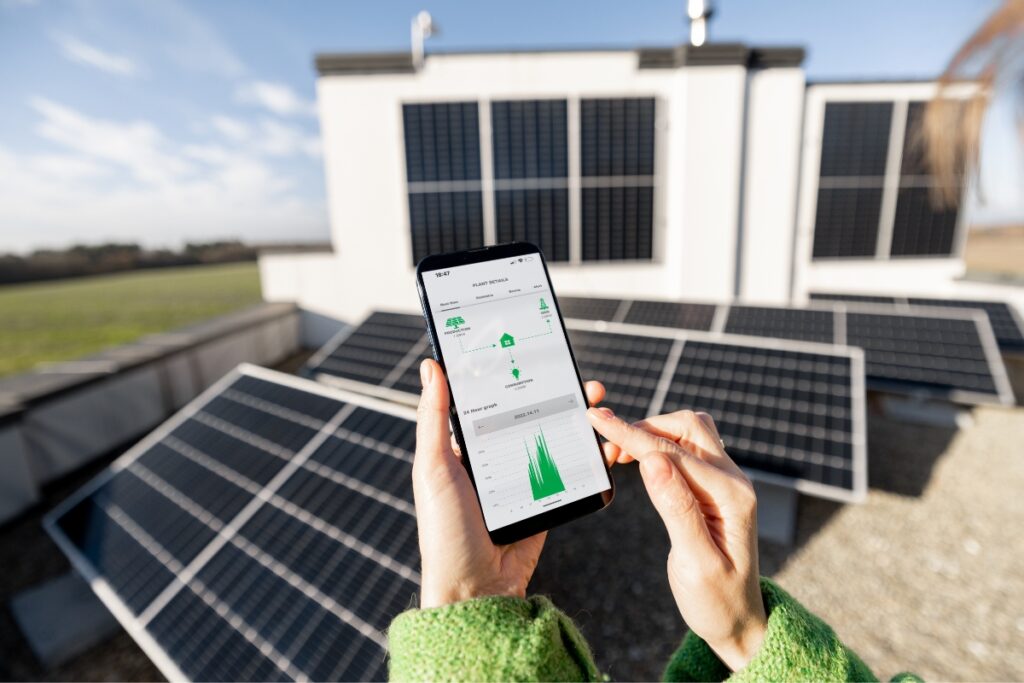
Incorporating renewable energy sources in your home energy efficiency upgrades can significantly reduce your carbon footprint and energy costs. When focusing on transforming your kitchen and bathroom for savings, consider integrating solar panels to harness the power of the sun.
Solar panels are a sustainable energy solution that can generate electricity to power your appliances and lighting. By utilizing solar energy in your kitchen, you can run energy-efficient refrigerators, dishwashers, and stoves without relying solely on traditional power sources. This shift towards renewable energy not only cuts down utility bills but also contributes to a greener environment.
In the bathroom, you can enhance energy efficiency by installing a solar water heater. This system uses solar energy to heat water, reducing the need for electricity or gas-powered water heaters. By making this eco-friendly upgrade, you can enjoy hot showers while saving on energy expenses.
Additionally, consider incorporating energy-efficient LED lighting in both your kitchen and bathroom. LED lights consume less energy than traditional incandescent bulbs and have a longer lifespan, making them a cost-effective choice for sustainable lighting solutions.
To further maximize energy savings, ensure proper insulation in your kitchen and bathroom. Well-insulated walls, floors, and ceilings help maintain a consistent temperature, reducing the workload on heating and cooling systems.
Monitoring and Adjusting Your Energy Usage

Monitoring your energy usage through smart meters and energy monitoring apps provides valuable insights into your household’s energy consumption patterns. By analyzing this data, you can identify areas where energy is being wasted and make necessary adjustments to optimize efficiency. Setting energy usage goals and tracking your progress can motivate you to continue implementing energy-saving measures.
Adjusting your energy usage habits is essential for maintaining long-term energy efficiency gains. Simple practices such as turning off lights when not in use, unplugging electronics, and using natural light during the day can contribute to significant energy savings over time. Being mindful of your energy consumption behaviors is key to sustaining a more energy-efficient home.
Conclusion: Enjoying Long-Term Savings and Environmental Benefits
By implementing the strategies outlined above, you can transform your kitchen and bathroom into models of home energy efficiency. As technology advances and new energy-saving solutions emerge, continue to explore and implement additional measures to further enhance your home’s sustainability. By taking these steps, you can enjoy a more comfortable, cost-effective, and environmentally friendly home for years to come.
Enhance your home’s energy efficiency and transform your kitchen and bathroom into spaces that save you money while looking great. Kitchen and Bath by Zeus specializes in innovative solutions that boost energy savings without compromising on style. Contact us today at 404-602-2668 or fill out our online form to schedule a consultation. Let us help you create energy-efficient spaces that are both beautiful and functional. Choose Kitchen and Bath by Zeus for your next home improvement project and start saving today!


